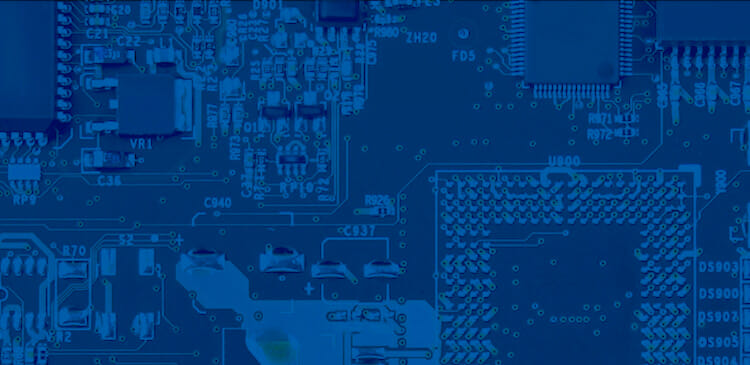

ECS Inc.’s high-temperature automotive frequency control crystal oscillators are AEC-Q200 qualified and are manufactured in IATF 16949 certified factories, making them a top choice for automotive electronic design. Offered in surface mount circuit packaging—the leading choice for electronic engineering—ECS Inc.’s AEC-Q200 qualified oscillators are available in a wide range of frequencies with extended temperature ranges needed for harsh applications. Automotive-grade frequency control products are desirable for many customers in the industrial engineering and medical application industries, as well as the automotive electronics market. These products meet stringent requirements for the extremely harsh environments that are typical in automotive applications.
For a deeper dive into our AEC-Q200 qualified crystal oscillators, check out ECS Inc.’s technical guides, “Timing In Modern Vehicles” and “Understanding IATF 16949 and AEC-Q200 Quality Management Systems.”
The automotive industry presents a unique set of challenges when it comes to microelectronic design. Not only do they require a significant number of components—most vehicles have at least 60 different electronic components to keep them functional—but they also have to meet stringent safety standards not found in many other industries. For years, the industry fought to play catch-up in a world rocketing exponentially into an ever more technology-dependent society.
In stepped the Automotive Electronics Council, or AEC, to remedy this issue and set worldwide benchmarks for performance and safety in relation to automotive electronic components. Their AEC-Q200 qualifications have been the gold standard for decades, and for good reason. The stringent testing a component must go through to meet these benchmarks is one of the most rigorous in the industry. These tests include:
Get in touch with a sales representative if you need more information about AEC-Q200 qualified oscillators or have questions about a specific requirement in your application design. Contact the ECS engineering team at engineering@ecsxtal.com for assistance with products, board respins and any additional questions. Refer to ECS Inc.’s extensive resource library for more information on products and their applications.
Visit the Resource Library